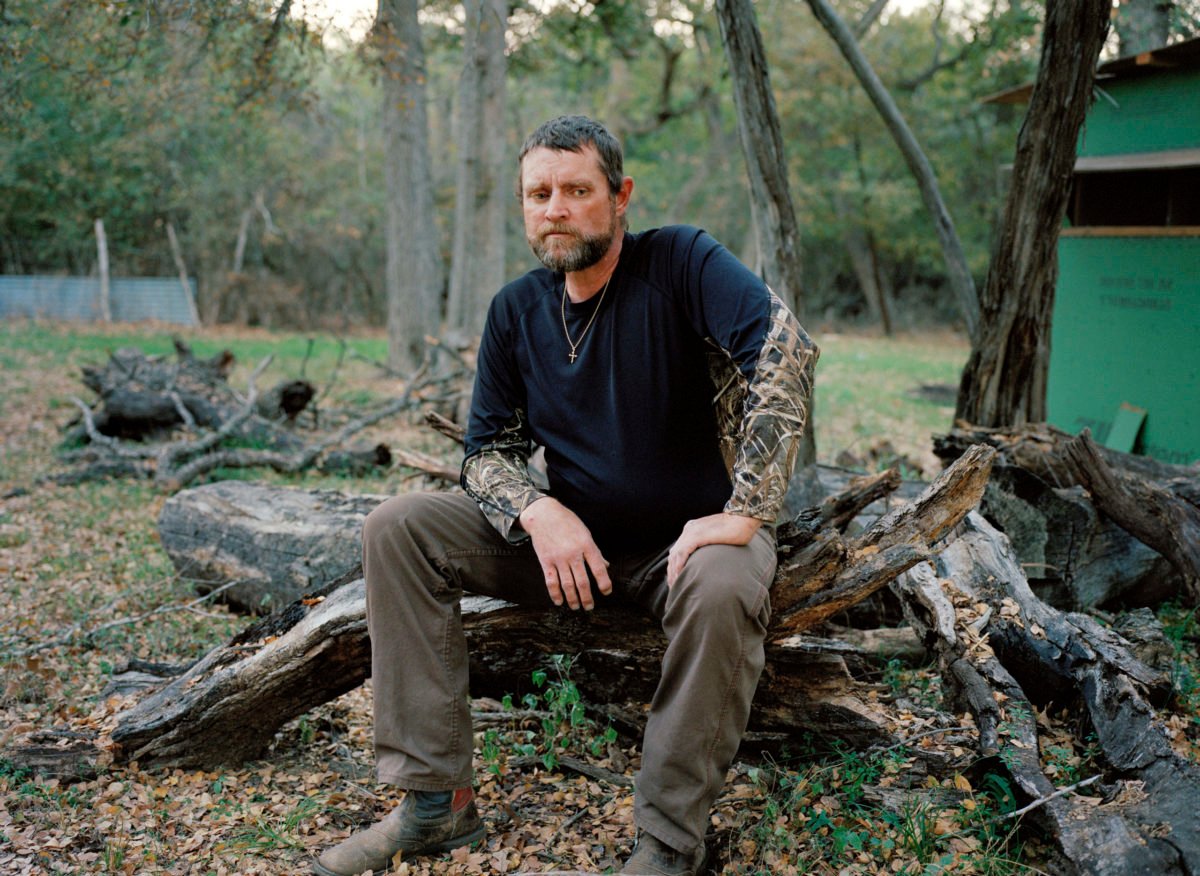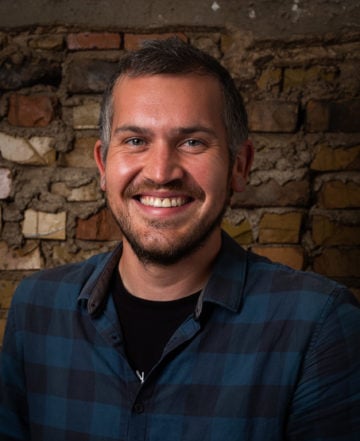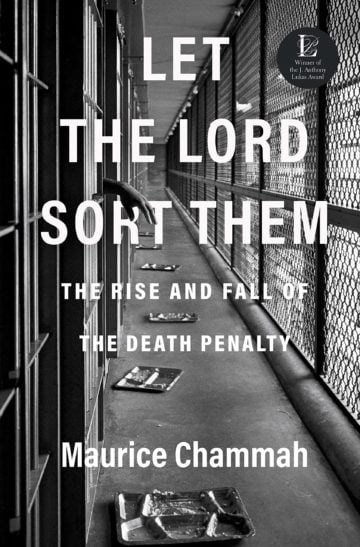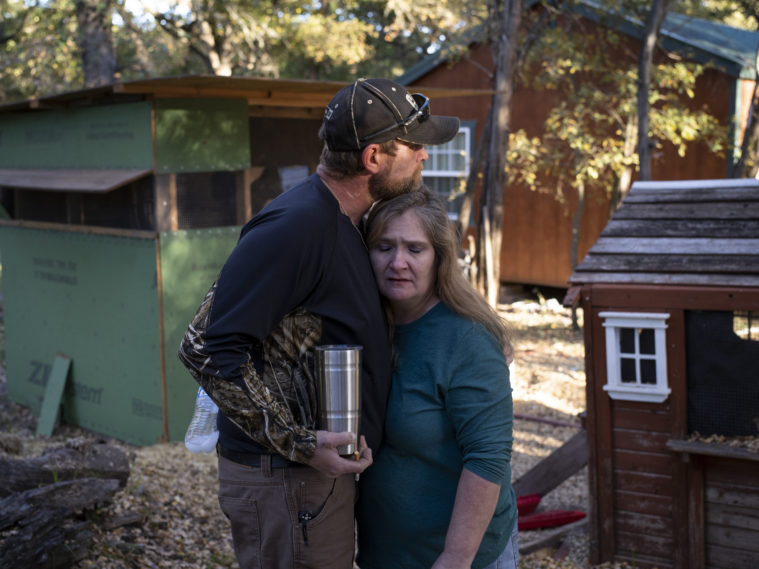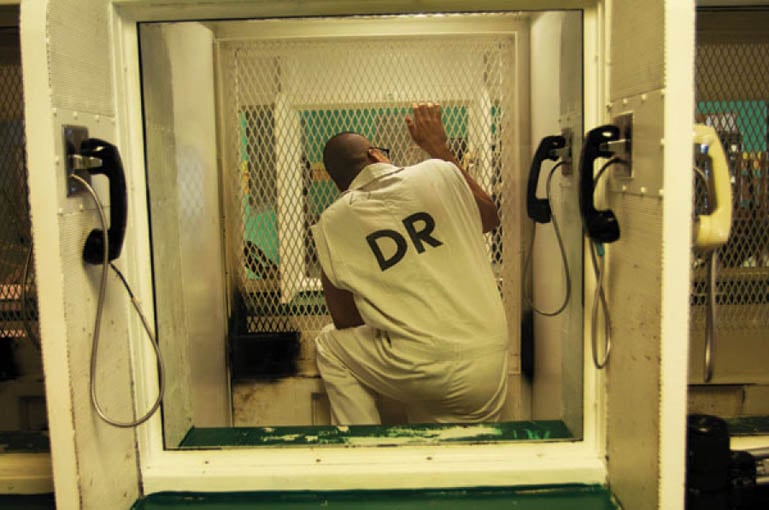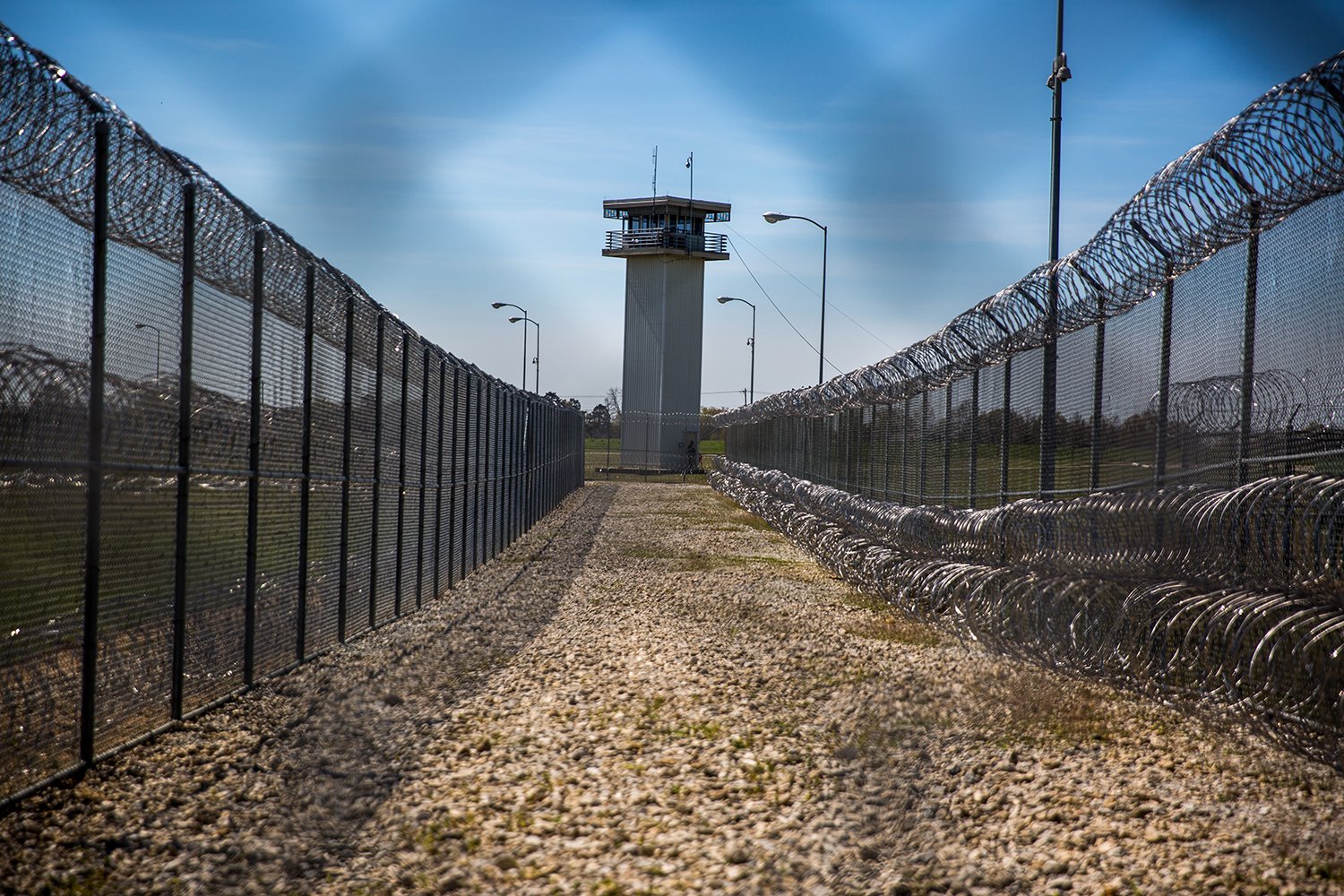Read more from the Observer:
-
COVID-19’s Deadly Toll on Texas Workers: As COVID-19 devastates workers unable to stay home, families are left struggling for justice.
-
Texas Republicans Fanned the Flames of Insurrection Long Before January 6: It’s not just Ted Cruz. For years, Texas Republicans have fueled the toxic politics that led extremists to storm the Capitol.
-
Bringing the Dead Home: Thirty years after Congress passed the Native American Graves Protection and Repatriation Act, only a fraction of human remains held by Texas’ museums and universities have been returned.
